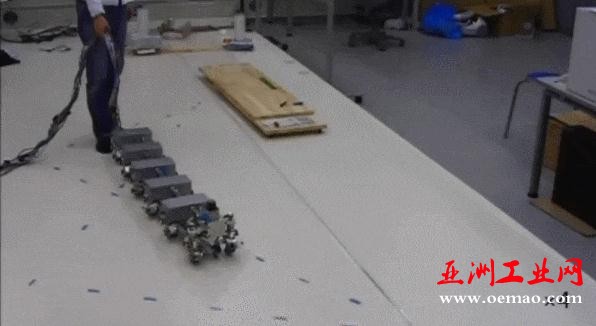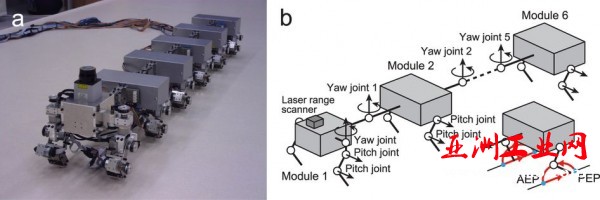Robots learn to walk with the help of this centipede-like kind of “teach”

Just compare the biped robot with Boston Dynamic’s quadruped robot to see that having two more legs makes the robot much more stable. As the number of legs increases, the robot’s tolerance for the failure of a single leg increases.
Although it is very simple to make the robot walk more stably on the surface, the challenges of making a multi-legged robot are not small. How to make multiple legs cooperate perfectly on different terrains is one of them. In order to solve this problem, scientists first studied the many-legged creatures in nature – centipedes.

Centipedes generally have 15 pairs of legs, and some special species have as many as 191 pairs. However, according to scientists at Kyoto University, neither in biology nor in engineering, colleagues in the scientific community have not figured out the mechanism that coordinates the movement of the centipede’s legs. So they designed their own centipede-like robot for further research.
Ultimately, the scientists discovered, the key to a multi-legged robot’s dynamic motion was to add a degree of instability to its forward motion. As with other problems in life, this solution is the result of weighing the pros and cons. Although the stability of the centipede robot is lost, it is compensated by more agile movements of the robot’s legs and better overall mobility. With this new achievement, we are one step closer to a robot that travels stably.
The Links: 3BSE022366R1 3HEA506260-001
Pre: Honeywell’s Solstice® family ho... Next: Meet by the Jinji Lake | Inovance Tec...




